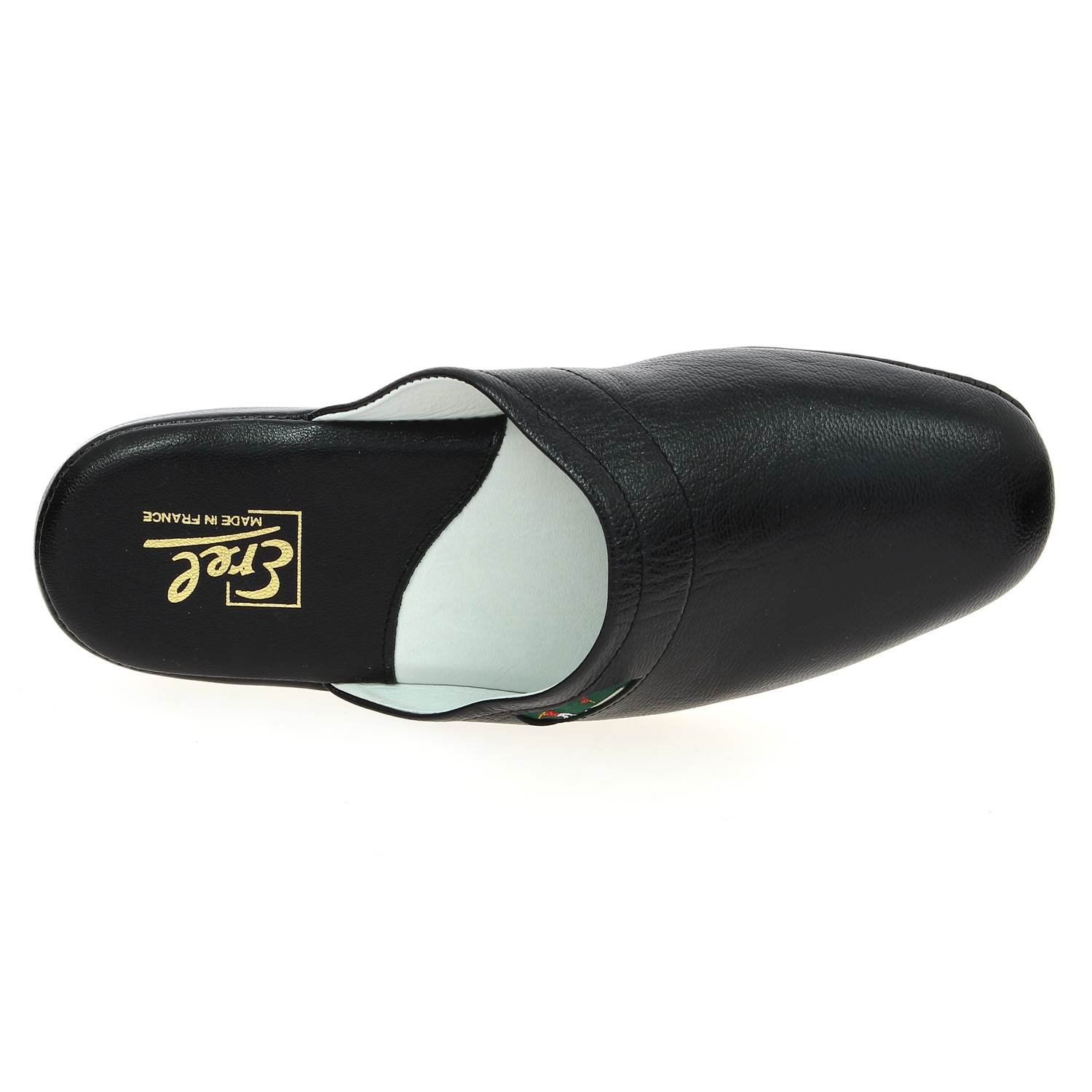
The mule is a style of lightweight shoe that may be worn inside or outdoors, has a heel or not, and exposes the rear of the foot. Mules are known for being light and comfy. It is a form of shoe used mostly by ladies in France from the seventeenth century. Mules are typically made composed of a sole and a basic top strap, the latter of which is designed to keep them on the foot. Originally, mules didn’t have much of a heel, but when they do, it’s not very noticeable 1. Their uppers might be smooth and seamless, or they can feature closures like buckles or velcro. Mules, like slippers, are designed to be closed at the front and seldom leave the toes exposed.

In this meaning, the term “mule” comes from the Latin phrase mulleus calceus, which refers to a crimson or purple shoe used by the highest magistrates. two. During the seventeenth century, high-heeled mules were fashionable.
Mules have been connected with prostitutes since the end of the sixteenth century 3.
Marilyn Monroe brought this kind of shoe back into favour 2 in the early 1950s, and helped increase its notoriety by wearing an open shoe that displayed the tips of the toes. During the 1950s and 1960s, the fad lasted, and mules resurfaced in the 1990s. Thomas Fersen sells “reptile mules” in his song Le chat botté (which you never want to take off when you put them on).

The Listen slipper is an indoor slipper with no top and, in certain cases, no heel, made of a light and flexible material 1 (leather, velvet, crushed wool or felt, etc.). Its origins may be traced back to the oriental slipper. two. The first gold-leaf-decorated shoes were discovered in Coptic graves from the second century 3.
It was traditionally worn with wooden clogs to increase comfort. It is used in the shoe or clog in the xvth century, especially in Italy, which exports its fashion to France from the beginning of the xvith century. It’s a great apartment shoe for ladies because of its lightweight and simplicity of usage. [reference required]

Établissements Amos, the oldest manufacturer in France for crushed wool slippers, was situated in Wasselonne, Alsace. It was founded by Charles Amos in 1795 and at its height employed over 2,000 people. This firm was France’s largest slipper manufacturer. It couldn’t keep up with the Asian competition, and in 1987 it declared bankruptcy 4.
In the slipper family, there is also the well-known felt Charentaise, which first emerged in 1907.
Ministers, acolytes, and celebrant (s) in several Antechalcedonian Churches (particularly among Armenians and Syriacs) wear slippers to the altar as a symbol of humility and reverence.
Slippers are connected with home comfort in the West, and reward for a hard day’s labour in the peasant world: the comfort of warm feet in front of the hearth.

In the sixteenth century, the disparaging term “slipper” was connected with bourgeois home-loving or calm.
In Charles Perrault’s storey Cinderella or the Little Glass Slipper, a glass slipper (or ” vair “) is mentioned. Many characters in the Commedia dell’arte wear slippers. [evasive] In improvisation contests, the crowd is given slippers, which they hurl at the referee if they disagree with his judgments or, more rarely, at the jouster if they don’t like his improvisations.




